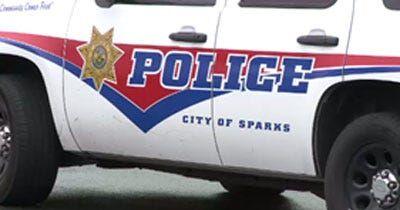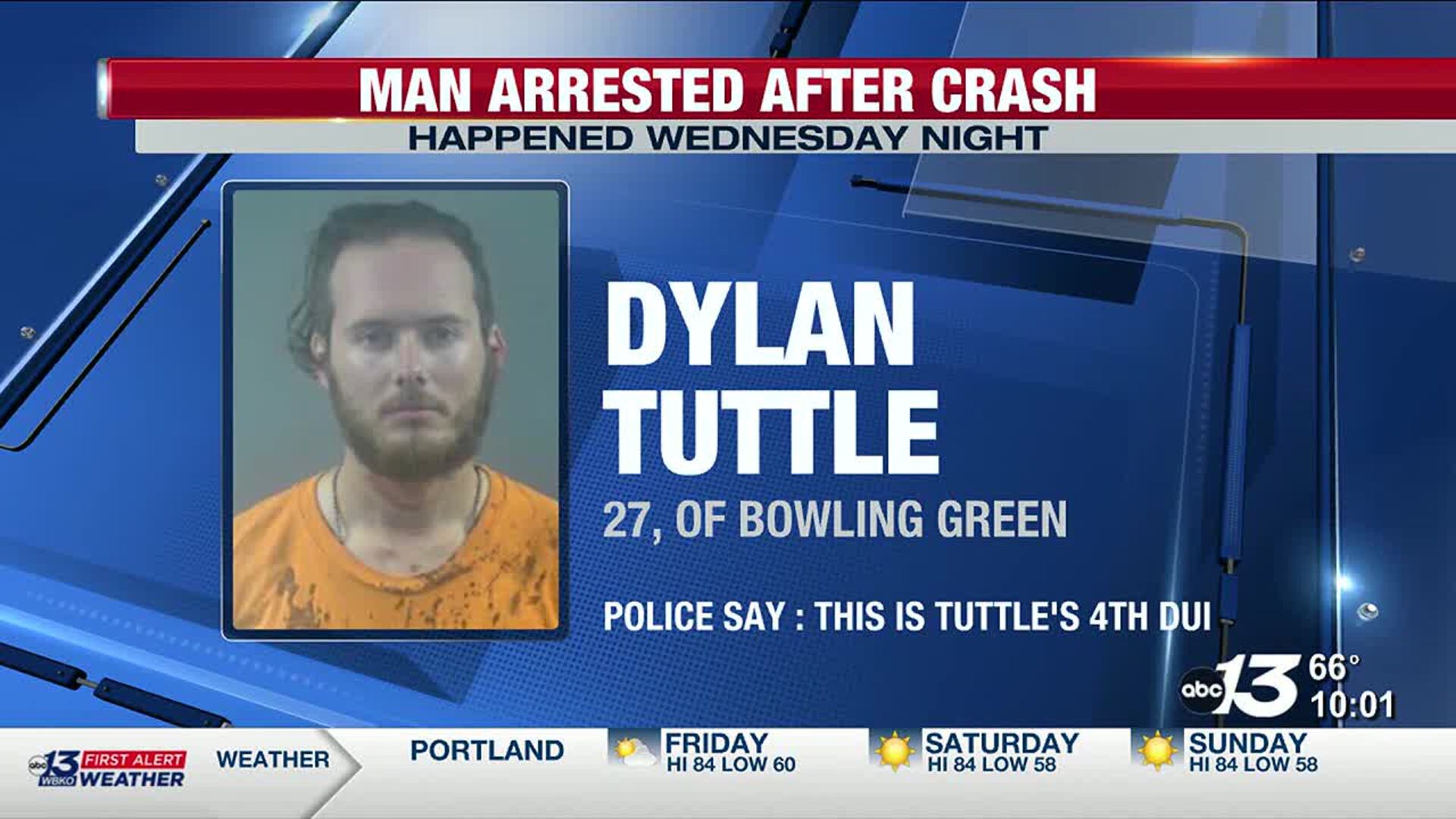
Introduction: The Critical First Month After a DUI Arrest in Tempe
The period following a DUI arrest is full of tricky parts and nerve-racking decisions that can shape your future. In Tempe, Arizona, the first 30 days after an arrest are a whirlwind of legal deadlines, administrative requirements, and early court proceedings that demand your immediate attention. This opinion editorial takes a closer look at these first steps, offering insights on what to expect, highlighting subtle details of the legal process, and providing practical advice for anyone facing DUI charges.
Understanding the DUI Arrest Process in Tempe
When you are stopped on the road and charged with DUI in Tempe, the legal system sets two parallel tracks in motion: one that deals with criminal proceedings and another that governs administrative actions from the Motor Vehicle Division (MVD). These intertwined yet separate paths are loaded with issues and are often confusing at first. The arrest itself is just the beginning; understanding how both tracks operate and affect your driving privileges is essential.
A Glimpse at the First 30 Days
During the initial 30 days, critical deadlines arrive quickly and leave little room for error. After the arrest, you will typically receive a citation and the probable outline of your next court appearance. In many cases, this involves an arraignment routine at the Tempe Municipal Court. The process is not as straightforward as it may seem; it is filled with the little twists of legal procedure that can delay or complicate your case if not handled properly.
At the same time, if you have submitted to a blood or breath test during your arrest, you might have been handed an administrative notice. This notice—commonly known as an admin per se or implied consent form—kicks off the MVD process, potentially leading to an immediate suspension of your driver’s license if you miss a critical deadline. Missing even one of these dates is not only scary but might also create further tangled issues with your case.
The 15-Day MVD Deadline: Acting Before It’s Too Late
One of the most nerve-racking components of a DUI arrest in Tempe is the 15-day deadline set by the Motor Vehicle Division. Upon receiving the admin per se or implied consent forms, you immediately set off a countdown during which you must request a hearing to challenge a potential automatic suspension of your driver’s license.
Understanding the Admin Per Se and Implied Consent Process
Once these forms are served, the MVD process starts. Here’s what you might face:
- If your breath or blood test shows a blood alcohol concentration (BAC) of 0.08 or higher, the admin per se suspension is triggered. Typically, this suspension lasts for around 90 days.
- If you refuse the test, Arizona’s implied consent law usually imposes a one-year suspension on a first refusal—an outcome that many find both overwhelming and intimidating.
Requesting a hearing within 15 days is super important; it is your chance to challenge the suspension before it takes effect. Missing this deadline may result in the automatic loss of your driving privileges, which can have significant personal and professional repercussions.
Arraignment and Early Court Dates: Entering the Legal Arena
The arraignment marks your first formal appearance in court following a DUI arrest in Tempe. At this initial proceeding, you will be informed of the charges against you, and you will enter a plea. Often, your attorney will enter a “not guilty” plea on your behalf, request disclosure of evidence, and set the stage for a pretrial conference.
What Happens at the Arraignment?
At this stage, you may encounter several intimidating moments:
- The judge confirms that you understand your rights.
- You may be released on your own recognizance or required to post a bond.
- Pretrial release conditions, such as no further violations and restrictions on alcohol consumption, may be imposed.
This early hearing is a critical juncture, as it sets the tone for everything that follows. The evidence that you might receive soon—like police reports, field sobriety test results, or even body camera footage—can be pivotal. It’s these little details that, if not handled correctly, may lead to longer jail sentences or stricter conditions down the road.
Collecting Evidence: Building Your DUI Defense
The first month after your arrest is the best time to gather evidence and prepare a robust defense. As many have observed, the key to a strong DUI defense lies in preserving as much evidence as possible early in the process.
Types of Evidence to Consider
If you were stopped near recognizable landmarks like Mill Avenue, Town Lake, or around the ASU campus, the following evidence might prove crucial:
- Security Camera Footage: City traffic or nearby property cameras might have captured important details about the stop.
- Rideshare Receipts and Bar Tabs: Documentation of your activities can help support your version of events.
- Text Messages: Communications from that night might provide context or establish an alibi.
- Medical Records: If you have any conditions—like balance issues or vertigo—that could affect your performance on field sobriety tests, these records can be a super important aspect of your defense.
By gathering this information promptly, you not only protect your driving privileges but also give your attorney the necessary material to challenge the evidence presented by the prosecution. Acting early by collecting receipts, camera footage, and medical documentation gives you a fighting chance in court, even when faced with the confusing bits of the testing process.
Potential Penalties in Arizona DUI Cases: A Closer Look
Arizona imposes mandatory minimum penalties for various DUI offenses, and understanding these consequences is vital. The legal framework categorizes DUI into several levels with corresponding penalties:
Differentiating DUI Categories
Here is a table summarizing the penalties associated with different levels of DUI charges in Arizona:
| Charge and Statute | Mandatory Minimum Jail Time | License Consequences | Ignition Interlock |
|---|---|---|---|
| Standard DUI (A.R.S. 28-1381) | 10 days (up to 9 days may be suspended with treatment) | Potential suspension | Required after conviction if BAC is between 0.08 and 0.149 |
| Extreme DUI (A.R.S. 28-1382, BAC from 0.15 to 0.199) | 30 days minimum | Admin per se consequences similar to standard DUI | Ignition interlock needed for a longer period |
| Super Extreme DUI (A.R.S. 28-1382, BAC 0.20 or higher) | 45 days minimum | Stricter suspension conditions | Extended interlock period |
| Aggravated DUI (A.R.S. 28-1383) | Felony charges with prison, probation, or jail possible | Long-term license revocation or suspension | Required after reinstatement |
| Refusal (A.R.S. 28-1321) | No jail time solely for refusal; penalties come into play with a conviction | 1-year suspension for a first refusal; 2 years for a second within 84 months | Depends on conviction outcomes |
This table provides a snapshot of the consequences you might face. It is essential to remember that these penalties can sometimes be negotiated through plea agreements or by challenging the evidence early on. Every case is unique, and achieving a favorable outcome often relies on the subtle parts of legal strategy and the quality of your defense.
The Dual Process: Sorting Out the MVD Track and Court Proceedings
After a DUI arrest, you are essentially caught in a race against time on two fronts:
- The MVD Track: This administrative process deals with your driver's license. Without timely action to request a hearing, you risk an automatic suspension that might begin before your court case is resolved.
- The Criminal Court Track: Simultaneously, your DUI charge moves through the criminal justice system, beginning with your arraignment. Early hearings, disclosure requests, and gathering evidence are part of this journey.
These two paths, though synchronized, require separate approaches and strategies. Working through them example by example can help you steer through the legal maze without letting one path derail the other. Maintaining a balance between addressing the immediate threat of license suspension and building a comprehensive defense in court is super important for a positive outcome.
Securing Effective Legal Help: The Role of an Expert DUI Attorney
One of the most critical decisions you face after a DUI arrest is selecting the right attorney. With the legal process riddled with twists and turns, an experienced DUI lawyer can help you find your way. Here are some reasons why expert legal representation is crucial:
- Meeting Deadlines: A seasoned lawyer ensures that you file for the MVD hearing within the 15-day window, helping you avoid automatic suspension.
- Collecting Evidence: Attorneys know precisely what documents, camera footage, and medical records are needed to cast doubt on the prosecution’s case.
- Challenging the Stop: If your initial stop was conducted without a clear legal basis, your attorney might file a motion to suppress the evidence, potentially reducing or dismissing the charges.
- Negotiating Outcomes: Early negotiations and plea agreements can sometimes result in reduced charges, less severe penalties, or alternative sentencing that might better protect your future.
Finding legal help immediately can be the difference between preserving your driving privileges and facing a long-term suspension or heavier penalties. Many experts emphasize that waiting or trying to manage the process alone is one of the most costly mistakes a defendant can make.
Real Stories of Early Intervention: Client Experiences and Successes
The evidence is not just in statutes and court records—it’s also in the experiences of those who have gone through similar situations. Several individuals have shared how early intervention by an experienced attorney made all the difference in their DUI cases. Consider these illustrative examples:
- Case Example 1: A Refusal Turned Around – One client, after refusing a blood test, faced a one-year suspension. By quickly requesting a hearing and working with their lawyer, they successfully challenged the suspension and minimized the overall impact on their life.
- Case Example 2: Challenging the Traffic Stop – Another individual argued that the basis for the stop was questionable. With crucial video footage and detailed records, the attorney filed a motion to suppress the evidence, which eventually led to reduced charges.
- Case Example 3: Mitigating Medical Concerns – A defendant with a known medical condition that affected balance and overall performance on field sobriety tests provided vital medical records to support their case. This small twist in the process helped reduce the severity of the penalties.
These stories underscore that when you act fast and work with the right legal team, you can often improve your case outcome, even when the circumstances seem overwhelming.
Timely Steps to Preserve Your Driving Privileges: Requesting an MVD Hearing
One of the most critical steps you must take after a DUI arrest is to request a hearing with the MVD to challenge the automatic suspension of your driver’s license. Here's what you need to know:
- As soon as you receive the admin per se or implied consent form, the clock starts ticking. You have only 15 days to file a hearing request.
- Failing to request this hearing will result in an automatic suspension, which may not be reversible even if you later succeed in court.
- An experienced attorney can handle the paperwork and file the request on your behalf, ensuring that you have the opportunity to contest the suspension while your case is still pending.
This early hearing is not only about maintaining your mobility; it is a strategic move to buy time for the court case and to gather evidence that might ultimately lead to reduced penalties or even a dismissal.
Key Points to Consider After a DUI Arrest in Tempe
Amid the confusing bits and tangled issues of the DUI process, keeping a few essential tips in mind can help you manage your case more effectively. Consider these bullet points as your quick reference guide:
- Act Immediately: The first 30 days are super important. Every delay can lead to additional penalties or the loss of crucial evidence.
- File for a Hearing: Do not miss the 15-day window to request an MVD hearing. This step is critical to prevent an automatic suspension of your license.
- Gather Evidence Early: Secure all available evidence—from video footage and receipts to medical records—to support your defense.
- Consult a DUI Expert: An experienced DUI attorney can guide you through the fine points of both the criminal and administrative processes.
- Stay Informed: Understand the penalties associated with your specific DUI charge, whether it’s standard, extreme, super extreme, or aggravated.
These little details can truly make the difference between a case that spirals out of control and one that is managed with precision and care.
Additional Considerations: Mixed Jurisdictions and Overlapping Proceedings
Another challenge that defendants sometimes face is the overlap of jurisdictions, particularly if the stop occurs near the border of cities like Tempe and Scottsdale. In such cases, it’s critical to know that:
- The court where the offense occurred generally has primary jurisdiction over the case.
- Your attorney can help determine whether certain aspects of your case might be better handled in one jurisdiction over another.
- Coordination between different legal bodies can complicate the timeline further, making early intervention even more super important.
Understanding these overlapping processes allows you to be better prepared for any unexpected twists in your case management.
Lessons Learned: Reclaiming Your Future After a DUI Arrest
Facing a DUI charge is undeniably overwhelming. However, the first month following your arrest presents an invaluable opportunity to secure a more favorable outcome and begin paving the way toward a stable, free future. By acting promptly, preserving evidence, and securing competent legal representation, you increase your chances of reducing penalties or even having your case dismissed.
While the process may be loaded with issues and confusing procedures, remember that the goal is to protect your rights, your license, and ultimately your future. The decisions you make in these early days, from filing the appropriate paperwork to collecting the right records, are all part of making your way through this intricate legal conundrum.
Conclusion: Charting a Path Towards a Stable Future After a DUI
The road following a DUI arrest in Tempe is filled with intricate legal challenges and intimidating deadlines, but it is also a path where proactive, timely decisions can lead to better outcomes. Whether it’s filing an MVD hearing within 15 days, diligently gathering evidence from various sources, or working closely with a seasoned DUI attorney, every step you take is essential.
It is our opinion that no one should face such a nerve-racking ordeal alone. With the right legal support, even the twisted and complicated pieces of a DUI case can be managed successfully. The importance of early action cannot be overstated—it gives you the chance not only to preserve your driving privileges but also to build a defense that might significantly reduce the penalties you face.
For those dealing with DUI charges, this is not just a legal battle; it is a struggle to reclaim control over your life. By paying close attention to every little detail—from the administrative MVD process to the early court proceedings—you are taking back the wheel of your future. With persistence, clarity, and the proper legal guidance, you can navigate these challenging times and set the stage for a more secure and stable tomorrow.
This editorial is intended to provide an overview and perspective on the critical first 30 days after a DUI arrest in Tempe, Arizona. The insights shared here reflect opinions based on common experiences in the legal system and are not a substitute for individualized legal advice. If you or someone you know is going through this process, please consider seeking expert assistance immediately to ensure that your rights, evidence, and driving privileges are safeguarded.
In the end, every case is unique, and while the process may seem full of nerve-racking and overwhelming twists, the right support and timely decisions can lead you to a successful resolution. The key is to act immediately, stay informed, and fully commit to building a solid defense that addresses every subtle detail of your case.
Read more about this topic at https://arjashahlaw.com/dui-defense/30-days-after-dui-arrest/
Related articles you might like
Top 5 Most Common DUI Defenses
Mastering Your Defense: How to Beat DUI Charges with ...



